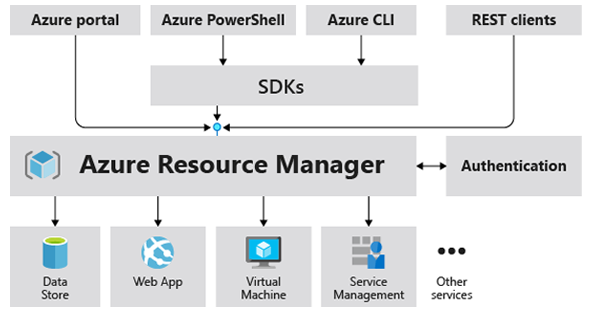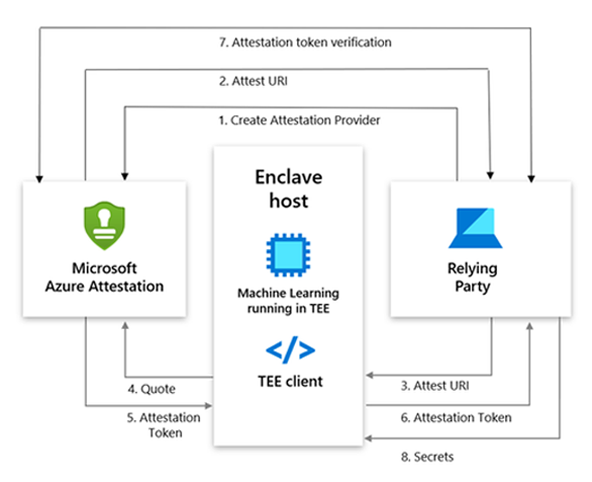Organisations worldwide are moving their workloads to the cloud at record speed. It’s no surprise, the cloud offers a huge array of opportunities, including unrivalled flexibility, unlimited storage and faster time-to-market. What’s more, cloud technologies are relatively easy to implement; businesses can spin up resources in a matter of minutes. The problem is that, as well as its many benefits, the cloud environment also creates new risks and has the potential to increase spending if not managed correctly. The biggest of those risks is security; when businesses use the cloud to share and store digital assets, mobilise workforces and promote collaborative working, they also widen the attack surface and the risk of data breaches.



Why is Cloud Security Important?
As well as considering how to migrate applications to the cloud and use new cloud resources, it’s vital for businesses to know how to safely integrate the cloud environment into the organisation; this is where governance comes into the picture. With more workloads than ever in the cloud and ever- growing use of shared resources, security and governance should be top business priorities. To avoid the substantial financial implications and potential reputational damage of security breaches, every business needs to understand how to process, store and protect their data.
Cloud security governance and compliance should be at the heart of continuous improvement with the aim of improving security posture over time. The cloud environment is ever-changing, with workload owners continually spinning up new instances and applications. To keep up with the dynamic nature of the cloud environment, governance should include continuous asset discovery. In addition, continuous improvement is also required in relation to a business’s security posture.
Attackers are always evolving their techniques; to be able to react quickly and adapt, businesses should work to continuously improve and enforce standards. Moreover, all of this needs to be executed consistently in policy and applied at scale. The Azure Security Governance and Compliance Frameworks do just that. They include a set of controls, policies and procedures that work together to ensure the security and compliance of Azure resources.
What it Looks Like


- Enforce and audit policies and processes for any Azure service.
- Create compliant environments, including resources, policies and role-based access controls.
- Ensure compliance with external regulations by using custom-made or built-in compliance controls.
- Monitor spend and drive accountability across your organization.

To read our complete and in-depth white paper of Azure Security Governance & Compliance, please click here.
At Intergy Consulting, security and compliance come as standard. Our ISO 27001 certification proves that. We’re proud Microsoft Solutions Partners, offering professional development services across .NET and Azure, but also have extensive experience in open-source technologies such as PHP, React, and Laravel. So whatever architecture is best suited to your project, not only do we have the expertise and experience you need, but you can rest assured that we’re committed to keeping your data safe.



